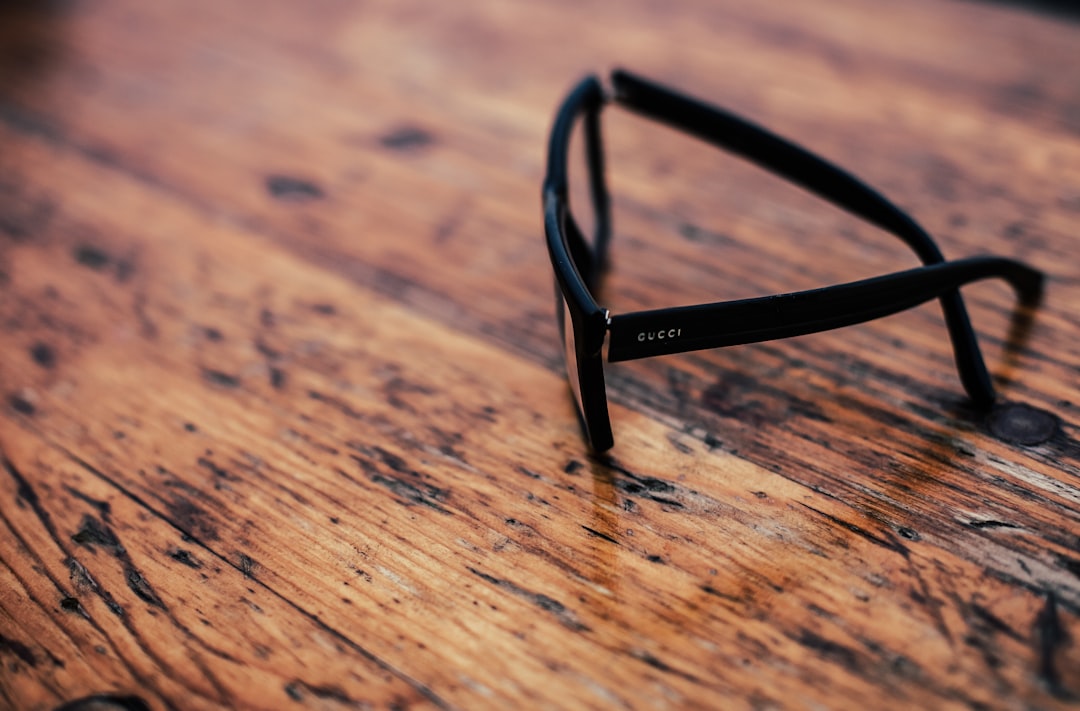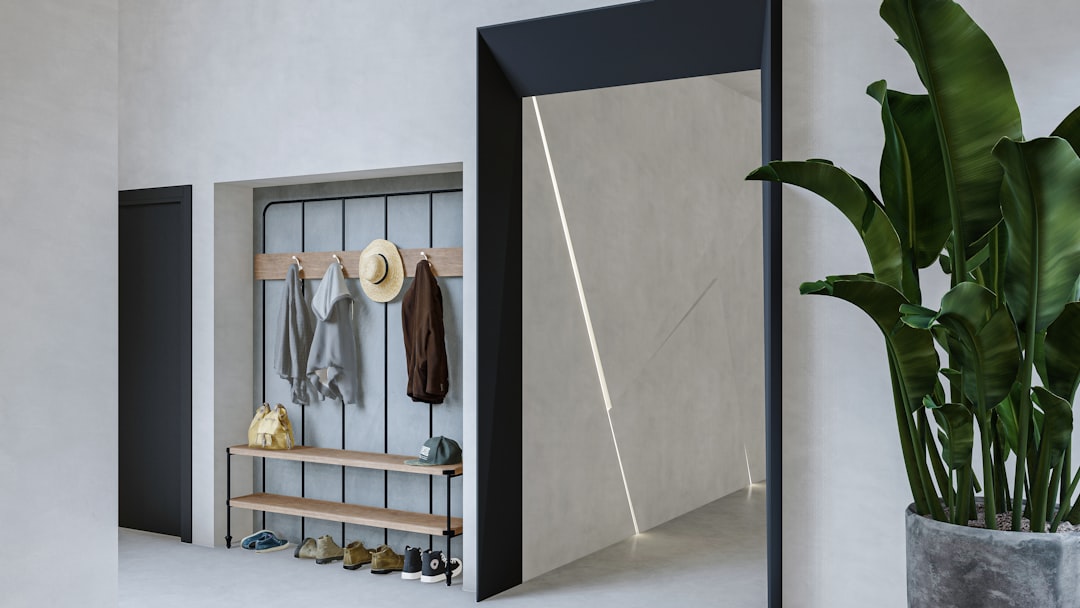Framing the Future: How Sustainable and Eco-Friendly Materials Are Revolutionizing Optical Eyewear
- Share
- Issue Time
- Aug 8,2025
Summary
The eyewear industry is undergoing a significant transformation, moving towards more sustainable and eco-friendly materials for optical frames. As consumer demand for environmentally responsible products grows, manufacturers are innovating with alternatives to traditional plastics, ranging from plant-based bio-acetates and recycled plastics to natural wood and metals. This shift not only reduces environmental impact by diverting waste and conserving resources but also offers stylish, durable, an

Framing the Future: How Sustainable and Eco-Friendly Materials Are Revolutionizing Optical Eyewear
In an era where environmental consciousness is paramount, the choices we make as consumers extend to every aspect of our lives, including the frames that sit on our faces. The optical eyewear industry, traditionally reliant on materials with significant environmental footprints, is now at the forefront of a sustainability revolution. Fuelled by innovation and increasing consumer demand, a new generation of eco-friendly and sustainable materials is reshaping how optical frames are designed, produced, and perceived. This movement is not just about reducing waste; it's about embracing a circular economy, minimizing carbon emissions, and ensuring that style and sustainability go hand in hand.
The Urgent Need for Sustainable Eyewear
Traditional optical frames are often made from petroleum-based plastics like standard acetate or nylon, which can take centuries to decompose and contribute to landfill burden and pollution. The manufacturing processes for these materials can also be energy-intensive and rely on finite resources. The growing awareness of these environmental impacts has spurred a critical need for change, pushing brands and consumers alike toward more responsible choices. The optical business is adopting cutting-edge strategies to lessen its environmental impact as sustainability and eco-consciousness become increasingly significant.

Bio-Acetate: Nature's Elegant Answer to Plastic Frames
One of the most significant breakthroughs in eco-friendly eyewear is bio-acetate, often referred to simply as cellulose acetate. Unlike its conventional counterpart made from petroleum, bio-acetate is derived from natural, renewable resources such as cotton linters and wood pulp.
This plant-based material offers all the benefits of traditional acetate—lightweightness, flexibility, and the ability to be molded into a vast array of colours and designs—while being significantly more environmentally friendly. It is biodegradable, breaking down much faster (within months or over 100 days for specific types like M49) compared to traditional plastics that can persist for hundreds of years. Choosing bio-acetate frames directly correlates to reducing reliance on fossil fuels and lowering carbon emissions in the production process.
Giving Waste a New Life: Recycled Plastics in Eyewear
The concept of circularity gains tangible form through the use of recycled plastics in optical frames. This innovative approach transforms post-consumer or post-industrial plastic waste into stylish and durable eyewear, dramatically reducing landfill accumulation and the demand for virgin plastic production. The process involves collecting, sorting, shredding, washing, melting, and pelletizing used plastics, which are then reformed into new frames.
A particularly impactful area within this category is the use of recycled ocean plastics. Brands are creating eyewear from materials like abandoned fishing nets and other marine debris, actively contributing to ocean clean-up efforts while producing high-quality products. These frames are not only an environmental solution but also a statement of commitment to protecting marine ecosystems. Recycled plastic frames offer comparable quality, durability, and style to those made from new materials.
Beyond the Basics: Recycled Metals and Innovative Materials
While bio-acetate and recycled plastics lead the charge, other sustainable materials are also making strong inroads into the eyewear market:
Recycled Metals
Metals like stainless steel, aluminum, and titanium are highly valued for their durability, strength, and timeless aesthetic. When sourced as recycled content, their environmental benefits are amplified. Recycled metals can be repeatedly re-melted and reused without significant loss of quality, significantly reducing the need for new mining, which is an energy-intensive and often environmentally disruptive process. Recycled metal frames are durable, anticorrosive, and light, providing a sophisticated look.
Hexetate
Hexetate is an increasingly popular eco-friendly material in the eyewear industry. It is derived from recyclable materials and notably free from BPAs, chemicals often found in plastics. Hexetate boasts exceptional durability, flexibility, and scratch resistance, making it an ideal component for robust frames. It is also approximately 10% lighter than traditional acetate, adding to wearer comfort.
Bio-based Polyurethane Rigid Foam & Castor Seed Oil
Innovations stretch to plant-based polyurethane rigid foam and materials derived from castor seeds. Castor seeds are used to create an oil that serves as the base for pellets, forming the core of bio-based materials. This represents a move towards entirely renewable feedstocks for eyewear components.
Naturally Stylish: Wood, Bamboo, and Cork Frames
For those seeking a truly organic aesthetic, frames crafted from natural fibers and plant-based materials offer unique beauty and sustainability:
- Bamboo: Known as one of the fastest-growing plants, bamboo is an incredibly renewable resource. It requires minimal water and no pesticides to grow, and it absorbs more carbon dioxide than many other plants. Bamboo frames are lightweight, comfortable, and each pair features unique grain patterns, making every piece distinct.
- Wood: Sustainably sourced wood, such as walnut, cherry, or zebrawood, offers unique textures and patterns. These frames bring an artisan touch to eyewear, are often lightweight, and can be hypoallergenic.
- Cork: Often upcycled from byproducts, cork is surprisingly tough yet incredibly lightweight and hypoallergenic. Its natural variations ensure that no two cork frames are identical.

Manufacturing Matters: The Lifecycle Approach
Beyond the materials themselves, the sustainability of eyewear also relies on the manufacturing processes. Brands committed to eco-friendliness often employ practices that:
- Minimize energy and water consumption.
- Reduce waste throughout the production chain.
- Avoid hazardous chemicals.
- Prioritize ethical labor practices.
A holistic lifecycle assessment, from raw material sourcing to end-of-life disposal or recycling, is crucial for truly sustainable eyewear. For instance, bio-acetate production requires significantly less energy and resources compared to traditional methods.
What to Look For: Certifications and Responsible Brands
Navigating the world of sustainable eyewear can be easier by looking for specific certifications and brand commitments that signify genuine environmental responsibility. Certifications like the International Sustainability & Carbon Certification (ISCC) or Forest Stewardship Council (FSC) ensure responsible sourcing and manufacturing. Many reputable brands actively highlight their sustainable practices and the specific eco-materials they use. Asking questions and seeking transparency are key for consumers making informed decisions.
Style, Comfort, and Conscious Choices
A common misconception is that choosing sustainable optical frames means compromising on style or quality. The reality is quite the opposite. Advances in material science and innovative design have ensured that eco-friendly eyewear matches, and often surpasses, the aesthetic appeal, durability, and comfort of traditional frames. Bio-acetate, recycled metals, and natural wood frames can be incredibly resilient, stylish, and offer a wide range of captivating colors and patterns. Many are designed to be as beautiful and long-lasting as traditional eyewear.
Table: Comparison of Key Sustainable Eyewear Materials
| Material Type | Key Characteristics | Environmental Benefits | Considerations |
|---|---|---|---|
| Bio-Acetate | Lightweight, flexible, vibrant colors | Plant-based, biodegradable, lower carbon footprint | Can be pricier than standard acetate |
| Recycled Plastics | Durable, versatile, diverse colors | Reduces landfill waste, conserves resources, ocean cleanup | Quality depends on recycling process |
| Recycled Metals | Strong, durable, sleek, hypoallergenic | Reduces mining, endlessly recyclable, energy saving | Design flexibility might be limited |
| Bamboo/Wood/Cork | Lightweight, unique grains, natural look | Rapidly renewable, low processing, CO2 absorption | Requires specific processing for durability |
| Hexetate | Durable, flexible, scratch-resistant | BPA-free, uses recyclable materials | Newer material, availability may vary |
The Future is Green: Innovations in Sustainable Eyewear
The journey toward fully sustainable eyewear is ongoing, with continuous research and development bringing new possibilities. From lenses made from plant-based polymers to innovative recycling programs for old frames, the future promises even more sophisticated and accessible eco-friendly options. The industry is responding to the rising consumer awareness of environmental concerns by launching “green” eyewear solutions that are fashionable, sustainable, recyclable, or eco-friendly.
Making Your Impact: Choosing Eco-Friendly Frames
As consumers, our choices hold significant power. Opting for optical frames made from sustainable and eco-friendly materials is a direct way to support environmental responsibility and drive further innovation within the industry. It's a statement that you value not just clear vision and personal style, but also the health of our planet. By choosing an eco-friendly pair of glasses, you contribute to reduced waste, lower carbon emissions, and the conservation of precious natural resources. It’s a small step that collectively makes a giant leap towards a greener, more sustainable future for fashion and vision care.